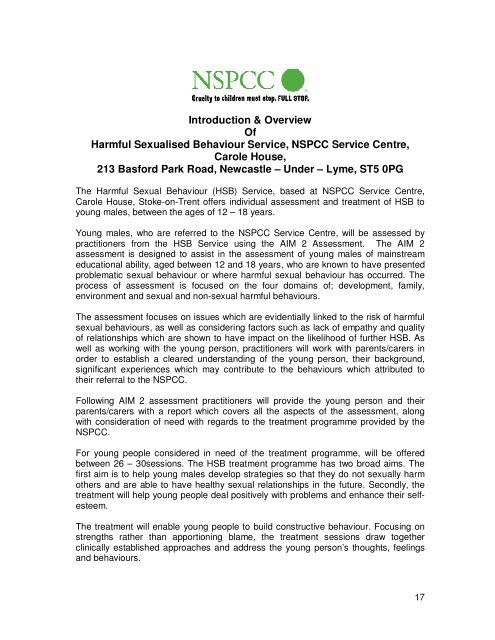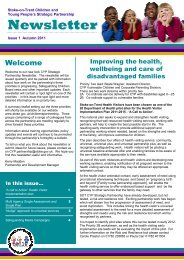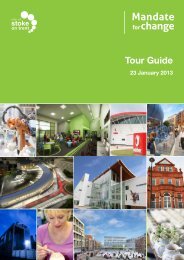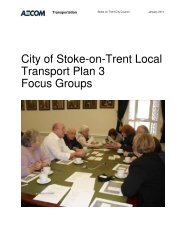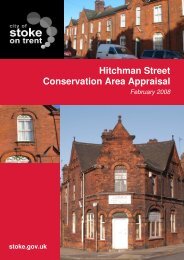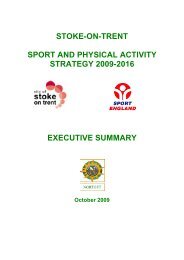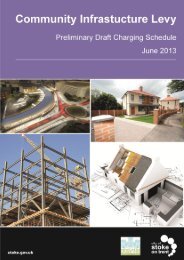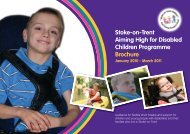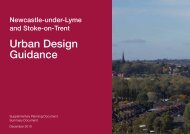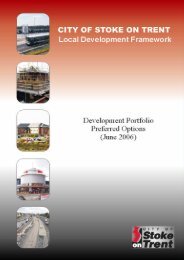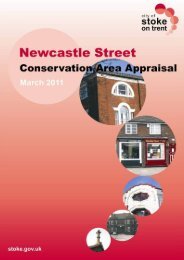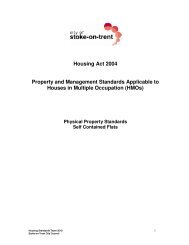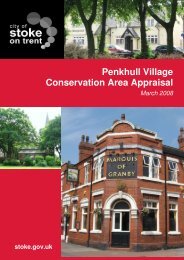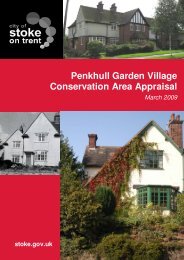CYP who display sexualised behaviour and harmful sexual behaviour
CYP who display sexualised behaviour and harmful sexual behaviour
CYP who display sexualised behaviour and harmful sexual behaviour
- No tags were found...
Create successful ePaper yourself
Turn your PDF publications into a flip-book with our unique Google optimized e-Paper software.
Introduction & OverviewOfHarmful Sexualised Behaviour Service, NSPCC Service Centre,Carole House,213 Basford Park Road, Newcastle – Under – Lyme, ST5 0PGThe Harmful Sexual Behaviour (HSB) Service, based at NSPCC Service Centre,Carole House, Stoke-on-Trent offers individual assessment <strong>and</strong> treatment of HSB toyoung males, between the ages of 12 – 18 years.Young males, <strong>who</strong> are referred to the NSPCC Service Centre, will be assessed bypractitioners from the HSB Service using the AIM 2 Assessment. The AIM 2assessment is designed to assist in the assessment of young males of mainstreameducational ability, aged between 12 <strong>and</strong> 18 years, <strong>who</strong> are known to have presentedproblematic <strong>sexual</strong> <strong>behaviour</strong> or where <strong>harmful</strong> <strong>sexual</strong> <strong>behaviour</strong> has occurred. Theprocess of assessment is focused on the four domains of; development, family,environment <strong>and</strong> <strong>sexual</strong> <strong>and</strong> non-<strong>sexual</strong> <strong>harmful</strong> <strong>behaviour</strong>s.The assessment focuses on issues which are evidentially linked to the risk of <strong>harmful</strong><strong>sexual</strong> <strong>behaviour</strong>s, as well as considering factors such as lack of empathy <strong>and</strong> qualityof relationships which are shown to have impact on the likelihood of further HSB. Aswell as working with the young person, practitioners will work with parents/carers inorder to establish a cleared underst<strong>and</strong>ing of the young person, their background,significant experiences which may contribute to the <strong>behaviour</strong>s which attributed totheir referral to the NSPCC.Following AIM 2 assessment practitioners will provide the young person <strong>and</strong> theirparents/carers with a report which covers all the aspects of the assessment, alongwith consideration of need with regards to the treatment programme provided by theNSPCC.For young people considered in need of the treatment programme, will be offeredbetween 26 – 30sessions. The HSB treatment programme has two broad aims. Thefirst aim is to help young males develop strategies so that they do not <strong>sexual</strong>ly harmothers <strong>and</strong> are able to have healthy <strong>sexual</strong> relationships in the future. Secondly, thetreatment will help young people deal positively with problems <strong>and</strong> enhance their selfesteem.The treatment will enable young people to build constructive <strong>behaviour</strong>. Focusing onstrengths rather than apportioning blame, the treatment sessions draw togetherclinically established approaches <strong>and</strong> address the young person’s thoughts, feelings<strong>and</strong> <strong>behaviour</strong>s.17


